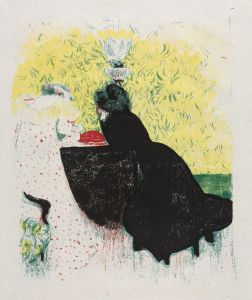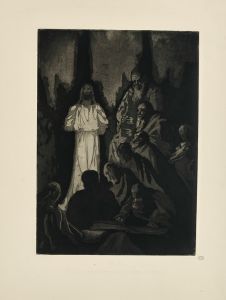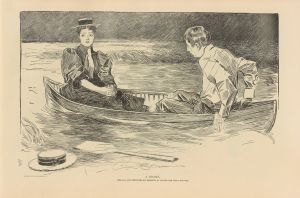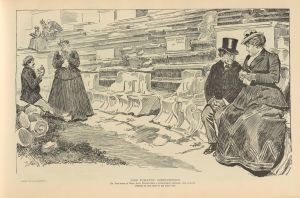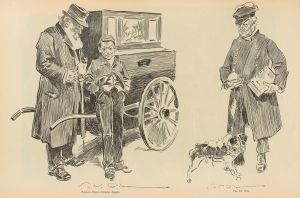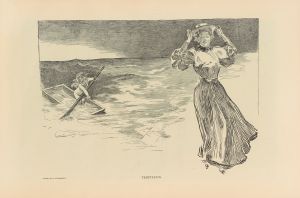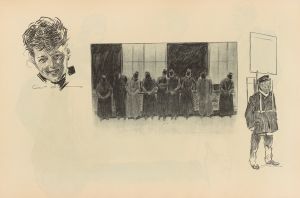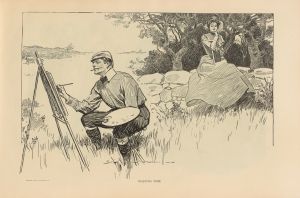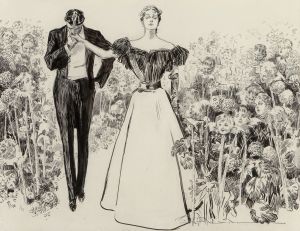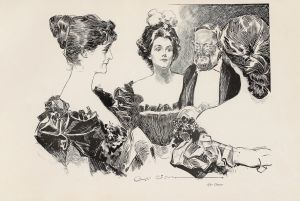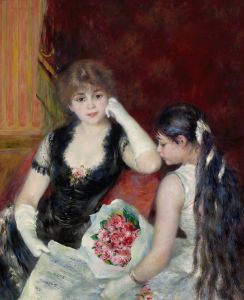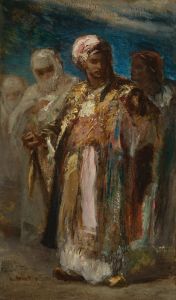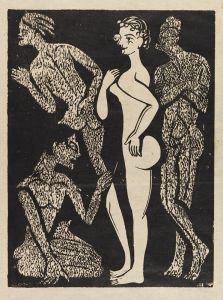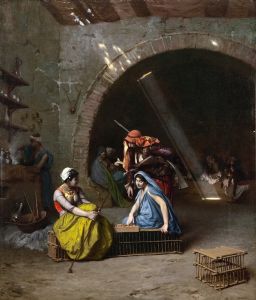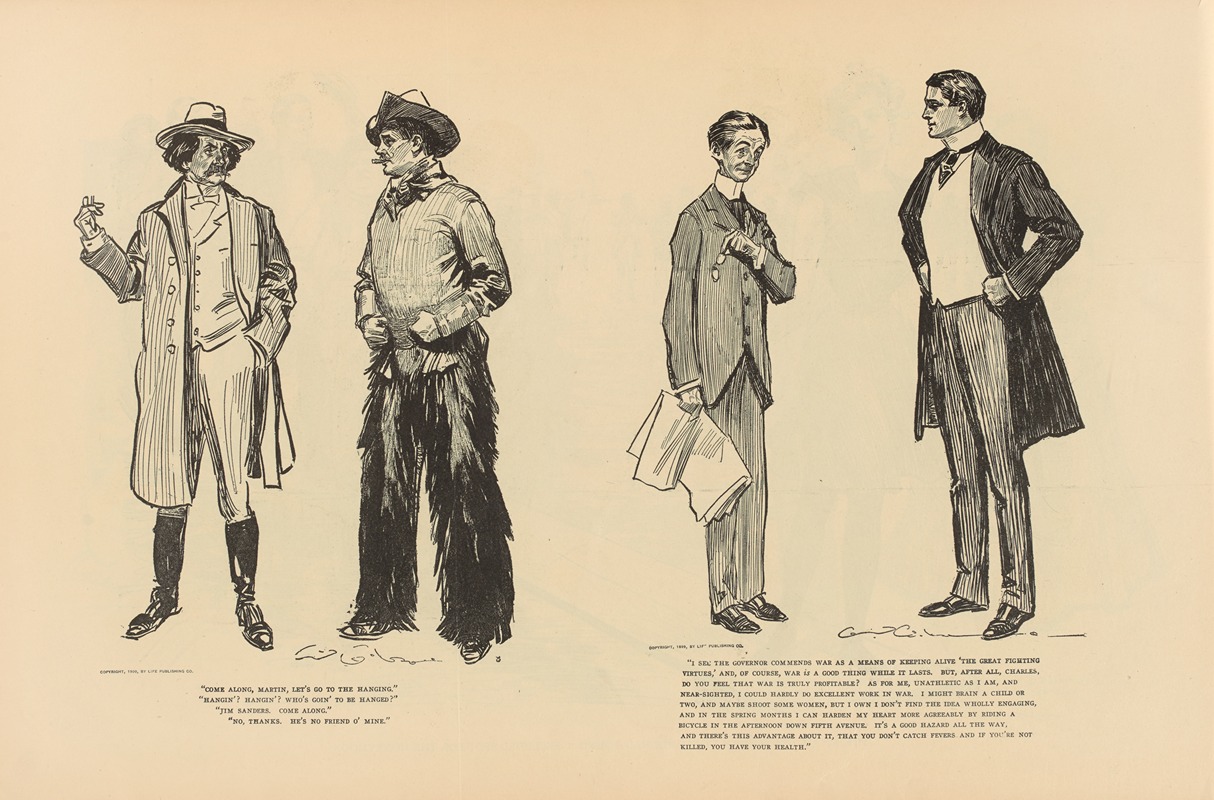
Come along, martin, let’s go to the hanging
A hand-painted replica of Charles Dana Gibson’s masterpiece Come along, martin, let’s go to the hanging, meticulously crafted by professional artists to capture the true essence of the original. Each piece is created with museum-quality canvas and rare mineral pigments, carefully painted by experienced artists with delicate brushstrokes and rich, layered colors to perfectly recreate the texture of the original artwork. Unlike machine-printed reproductions, this hand-painted version brings the painting to life, infused with the artist’s emotions and skill in every stroke. Whether for personal collection or home decoration, it instantly elevates the artistic atmosphere of any space.
Charles Dana Gibson was an influential American illustrator, best known for his creation of the "Gibson Girl," a representation of the idealized American woman at the turn of the 20th century. His work was widely published in magazines such as Life, Harper's Weekly, and Scribner's, and he played a significant role in shaping American visual culture during his time.
"Come along, Martin, let’s go to the hanging" is one of Gibson's lesser-known works. Unfortunately, there is limited information available about this specific illustration. Gibson's illustrations often captured the social dynamics and cultural attitudes of his era, frequently using humor and satire to comment on societal norms and behaviors. His works were characterized by their detailed line work and ability to convey complex social narratives with clarity and wit.
Gibson's illustrations often depicted scenes from everyday life, high society, and occasionally more somber or provocative themes. While the title "Come along, Martin, let’s go to the hanging" suggests a potentially dark or satirical subject matter, without further context or access to the illustration itself, it is difficult to provide a detailed analysis or description of the piece.
Gibson's impact on American culture was significant, as his illustrations not only entertained but also influenced public perceptions and attitudes. The "Gibson Girl," for example, became an iconic symbol of femininity and independence, reflecting the changing roles of women in society during the late 19th and early 20th centuries. His work remains a valuable resource for understanding the cultural and social history of this period.
Despite the lack of specific information on "Come along, Martin, let’s go to the hanging," Charles Dana Gibson's legacy as an illustrator is well-documented. His ability to capture the essence of his time through art continues to be appreciated by historians, art enthusiasts, and the general public. His illustrations offer a window into the past, providing insight into the values, humor, and complexities of American society during his lifetime.
In summary, while there is no detailed information available about the specific illustration "Come along, Martin, let’s go to the hanging," Charles Dana Gibson's broader body of work remains an important part of American art history. His illustrations are celebrated for their technical skill, social commentary, and enduring influence on American culture.





